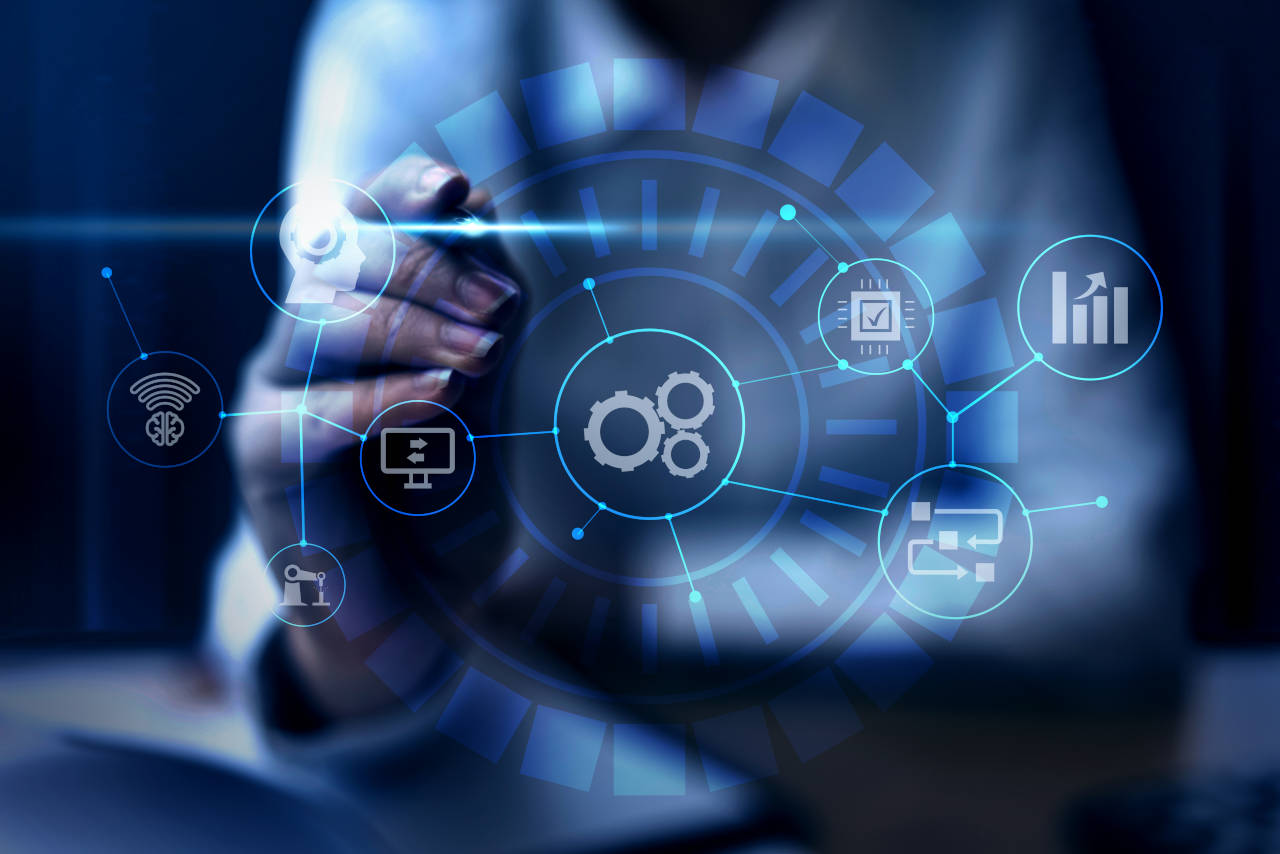
Edge Computing & The Future
Venturing into the array of technological advances and development with the advent of the 21st century, the transition to cloud services has resulted in a concentration of computing resources in a few major data centers. Traditionally, organizations could execute their application workloads on-premise, using their own IT infrastructure, or in centralized data centers. Edge computing enables distant devices to process data at the network’s “edge,” either by the device or a nearby server. And, when data must be processed in the central data center, just the most critical data is delivered, reducing latency. According to Global Market Insights, the remote monitoring industry is predicted to rise by more than 25% between 2022 and 2030, owing to an increase in cyber-attacks. Additionally, the desire to control connected devices is fueling the growth of the edge computing industry.
So, what exactly comprises the edge computing technology?
How does it work?
Essentially, according to DIGI, edge computing is the processing of data that takes place at the ‘network edge’ in an effort to decrease the latency, and minimize the demands on data center resources and cloud compute. Computing resources located at the “edge” of the network can respond much faster than a sizable data center located in the network’s center, being several kilometers away. Improvements in response and transfer rates come from placing servers closer to the edge.
Now that the data is collected, what is one to do with it? DIGI finds that there are roughly 3 ways to categorize the data collected at the edge;
- The collected data needs no further action and hence doesn’t need to be stored.
- The data is to be retained for later analysis or record keeping
- The collected data requires immediate response.
The goal of edge computing is to differentiate between these various forms of data, determine the appropriate degree of reaction, and take appropriate action. Usually, it is far more effective to carry out these tasks directly at the edge, where the data is being gathered.
With a basic understanding of how the technology works, we dive into why such technology is required in the first place.
Why Edge computing?
Edge computing is crucial because it gives industrial and enterprise-level companies new and better ways to increase operational effectiveness, enhance performance and safety, automate all essential business procedures, and guarantee “always on” availability. It is a cutting-edge technique for achieving the digital transformation of your business practices.
Azure reasons that businesses utilize edge computing to enhance the reaction times of their distant devices and to gain deeper, more immediate insights from device data. Edge computing enables real-time computation in places where it would not otherwise be possible and minimizes bottle necks on networks and data centers that support edge devices.
According to Networkworld, the capacity to process and store data quickly is the most significant advantage of edge computing, allowing more efficient real-time applications that are important to businesses. Prior to edge computing, a smartphone scanning a person’s face for facial recognition would need to run the facial recognition algorithm through a cloud-based service, which would take a long time to process. With an edge computing paradigm, the algorithm may operate locally on an edge server or gateway, or even on the smartphone itself.
Understanding the requirement of edge computing, we analyze the more nationalized aspect of the technology.
What’s in store for India?
Numerous Indian firms have indicated interest in investing in data centers in India in 2019, as the country undergoes a digital shift according to CRN. In the future years, enterprises, telecommunications firms, and cloud service providers will increase their investments in edge data centers. It would accelerate applications like video streaming, factory automation, and telemedicine, as well as new technology such as self-driving cars and augmented and virtual reality.
Speaking to The Business Today, Ben Panic, VP of Head of Telco, Media and Entertainment had similar things to say. With a smartphone in nearly every hand and that type of data, Panic highlights that edge computing is evolving in a variety of ways in India. With individuals becoming more health conscious, we are seeing an increase in the use of wearables, where rapid and timely data processing is crucial, according to Panic. With Telemedicine and the usage of robots in hospitals, edge computing is assisting in data processing without the data needing to go to a datacenter.
The GoI categorically stated that the government intends to hold a 5G spectrum auction in July of this year. Edge computing, especially on 5G networks, allows for quicker and more complete data processing, resulting in faster reaction times, deeper insights, and better user experiences according to Indiaai. Edge computing has the potential to significantly increase output in large industrial businesses. 5G and edge computing will contribute to the development of connected and autonomous vehicles in the automotive sector.


